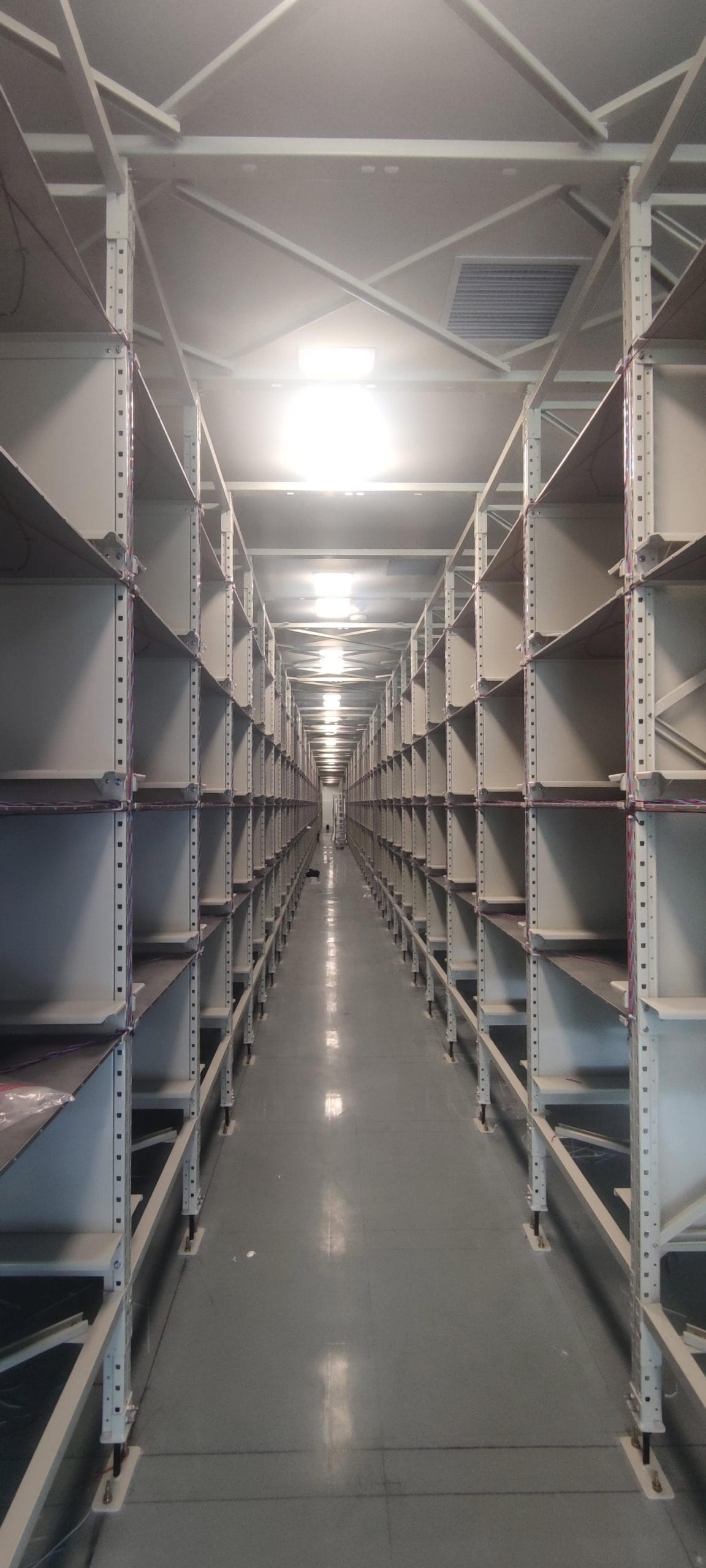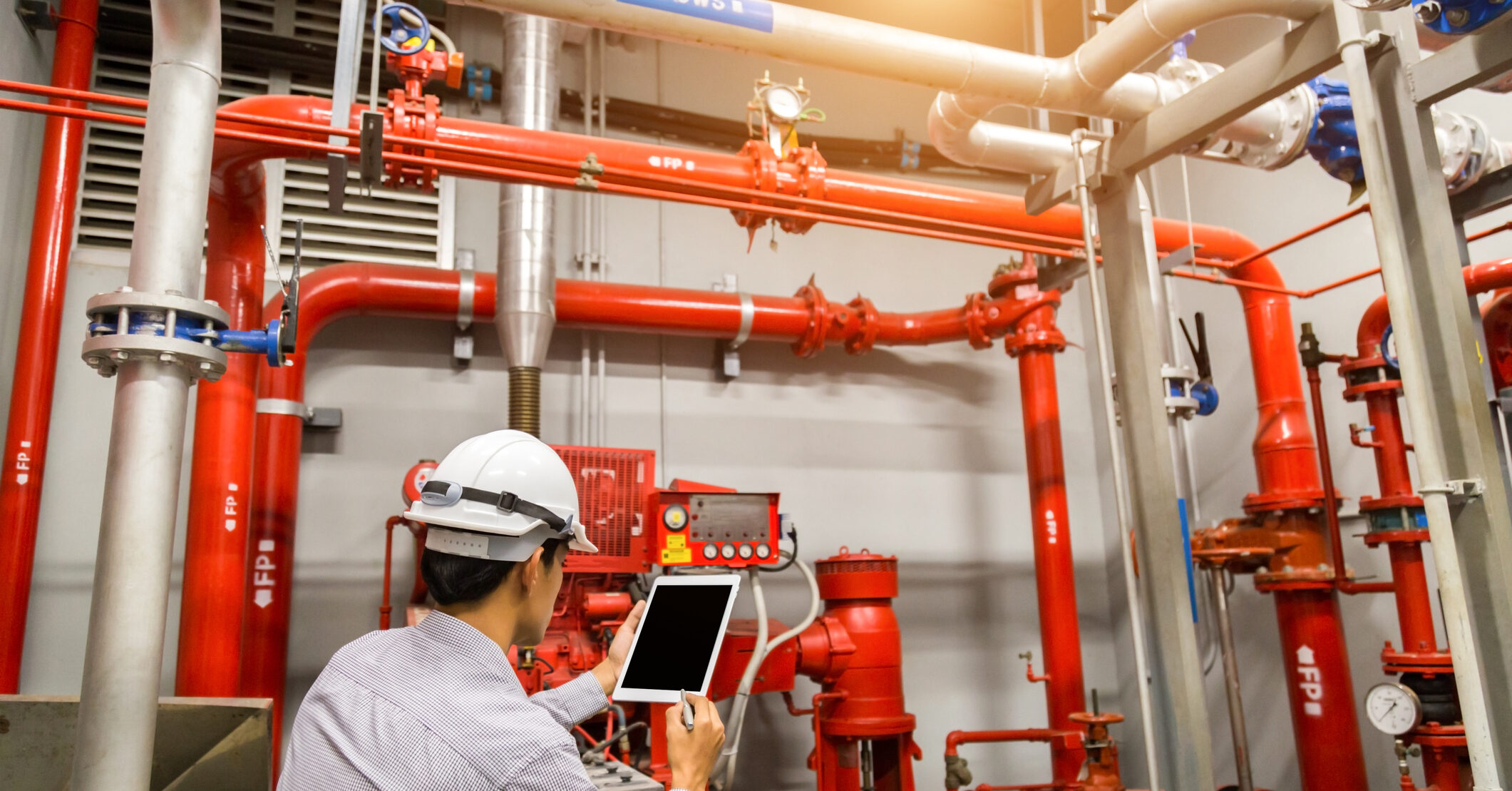We live in an age of Artificial Intelligence and technological excellence that is consistently evolving to solve the many challenges businesses face. This impact can also be seen in the fire protection and prevention industry as new ways to detect and prevent fires emerge. Businesses within the fire industry have the opportunity to enhance and optimise their approach to fire protection in order to provide their clients with stronger, more effective solutions.
Why are preventative measures vital?
Each year in the UK, around 22,000 workplace fires occur with the potential to kill or seriously injure employees and customers and damage or destroy buildings, equipment, and stock. The financial repercussions are extensive, meaning 60% of private businesses never fully recover after a fire. On average, fire damage costs businesses £65,000, often a far higher cost than the price of implementing effective fire protection.
For this reason, we are dedicated to providing effective, reliable fire detection solutions to safeguard the future of our clients’ businesses. Our Linear Heat Detection systems allow monitoring over a wide distance and are specially tailored to suit hazardous environments. Fiber Optic distributed temperature sensing is one of the most effective key technologies available, especially when combined with our smart software and services to provide operators with the right information at the right time. This enables swift decision-making to minimise damage, avoid catastrophic failure, and reduce the financial, environmental, and reputational risk.
While this technology is at the forefront of fire protection due to its unique features and robust, reliable temperature sensing abilities, there’s always space to develop and evolve. Below are some of the key technologies expected to revolutionise the fire industry:
Artificial Intelligence
Arguably one of the most controversial tech developments, the evolution of AI is expected to have an exponential impact on the fire industry. With intelligent machine learning and uniquely tailored algorithms, AI can transform our approach to fire detection with abilities that far outweigh those of traditional systems.
Whereas current systems rely on sensors, beams, or the presence of a flame, AI can act as a constant surveyor from a remote location for early detection. An incredible case of this in practice is the ALERTWILdfire Network in the United States of America. Their system uses AI to monitor and analyse live video streams from hundreds of mountaintop cameras to detect smoke or potential fires. Through machine learning, the algorithm can detect potential fires far earlier than traditional systems to alert first responders and fire departments. Quicker response times are vital; containing the fire earlier eliminates the risk of widespread damage to the wildlife that would have a significant environmental impact.
AI’s ability to handle and analyse data to discern patterns can be utilised by the fire industry to enhance the efficiency of resource allocation. By partnering with technology companies, the London Fire Brigade has worked to develop an AI-powered software designed to revolutionise resource allocation. The software analyses historical fire incident data and other necessary information to predict high-risk areas for fires. Using this information, the London Fire Brigade can allocate resources efficiently to areas they’re needed most, as well as target prevention efforts in specific districts.
Virtual Reality
The use of virtual reality for training and simulation is not unheard of; however, this is now being utilised to provide accessible training for the masses. ‘Project iEvac’ was developed by the NFPA as a VR training program for teaching safe evacuation in the event of a fire. Using virtual reality, the training module can simulate various fire scenarios under different building environments, giving users the chance to experience the difficulties and complexities of evacuating a building due to a fire. The VR headset takes users through interactive exercises, testing their evacuation skills, decision-making abilities, and situational awareness.
The availability and costs of training equipment and tools can be a significant obstacle to equipment familiarisation. With VR, firefighters can be trained on the proper use and operation of various tools and equipment through simulations. The US Navy has begun using a VR training module that includes various scenarios such as shipboard fires, engine room emergencies, and aircraft carrier flight deck incidents. These immersive training exercises use VR headsets to simulate real-world situations and practice the use of firefighting tools such as fire hoses, nozzles, breathing apparatus, and thermal imaging cameras.
The ability to recreate an incident using VR makes it a brilliant solution for incident command training for fire officers and incident commanders. The FDNY uses VR for incident command training with modules using simulations of large-scale emergencies, multi-alarm fires, hazardous material incidents, and mass casualty incidents. These engage incident commanders in immersive training exercises to practice managing complex incidents, coordinating response efforts, allocating resources, and communicating with personnel on the ground.
Robots
Emerging technology, especially robotics, is revolutionising the fire industry by offering solutions that allow access to hazardous areas without putting personnel at risk. A prime example of this is the Tokyo Fire Department in Japan, which has integrated robots into its firefighting and emergency response operations.
One standout innovation is the “dragon drone,” a robotic system equipped with thermal imaging cameras and advanced sensors. This drone can navigate smoke-filled environments, providing real-time data on fire conditions, such as identifying hotspots and locating potential victims. With the ability to fly into hard-to-reach or dangerous areas, the dragon drone enhances situational awareness and helps firefighters make more informed, strategic decisions.
By utilising robotics like the dragon drone, firefighting teams can reduce human risk, speed up response times, and improve overall efficiency in managing fire incidents. As these technologies continue to evolve, the fire industry will see even greater benefits in safety and operational effectiveness.
Advanced Sensors
Emerging technology, such as intelligent sensors, is enabling organisations to make more informed and efficient decisions when it comes to fire safety. A great example is the use of fiber optic Linear heat Detection (LHD) systems, like our FireLaser solution, which are transforming fire suppression strategies.
In Italy, Autostrade per l’Italia has implemented Bandweaver’s FireLaser system in the Santa Lucia Tunnel, a structure over 10 km in length. With the FireLaser LHD controller, they can pinpoint the exact location of a fire within 1 meter. This precision allows the fire suppression system to concentrate its efforts on a specific zone, targeting an area less than 10 meters in size.
By focussing suppression efforts so accurately, Autostrade achieves early fire detection, minimises resource use, and significantly reduces both fire risks and water damage. As this technology becomes more widely adopted, the fire industry stands to benefit from greater safety, cost-efficiency, and enhanced protection for critical infrastructure.
Prepare for the future with Bandweaver
Our mission is to provide businesses with the vital technology needed to protect themselves from the catastrophic damage caused by fires. To achieve this, we are constantly working to provide the most innovative, effective systems as possible. Find out more about our fire detection and prevention technology here: https://www.bandweaver.com/sectors/fire_linear_heat_detection/#1470385882342-fb633a89-0ec6



